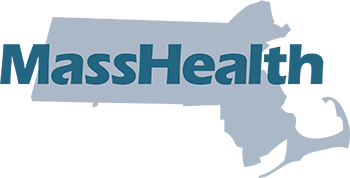What’s the difference between the Health Connector and MassHealth?
We’ve heard questions from many members over the years who are confused about the difference between MassHealth and the Health Connector. Here’s a quick overview of the differences between these two separate state agencies: Massachusetts Health ConnectorWhere people who don’t get coverage through a job can buy a health or dental plan Where people with any level of income can buy a health plan The only place where people can get access to special programs to save money on health insurance if they qualify MassHealthWhere people can get free and low-cost health coverage if they qualify based on income level, a disability, pregnancy, or chronic (long-term) illness How are the agencies connected?One application for coverageWhen people apply for coverage at MAhealthconnector.org, they fill out one application to find out if they qualify for coverage through MassHealth, the Health Connector, or both. People or families can have a mix of coverage from both agenciesFor example, a family could have parents covered by the Health Connector with children who are covered by MassHealth. Or a person may get temporary benefits from MassHealth (called Health Safety Net) that cover some services before their Health Connector enrollment starts.Who do I call for help?If you need help with MassHealth benefits, call the MassHealth contact center at 1-800-841-2900, or TTY 1-800-497-4648. This is a separate call center from the Health Connector.If you need help with Health Connector coverage, call the Health Connector at 1-877-MA-ENROLL (1-877-623-6765), or TTY 711.






